“Earth laughs in flowers”
– Ralph Waldo Emerson
Nothing makes me slow down more, and see the wonder of the smallest things, like venturing out with my macro lens. Spring is the best time – there is an explosion of colour everywhere, the play of light is lovely, and nothing lifts your spirit more than being surrounded by blooms. Bring on the early morning trips to the botanical gardens! It is like being a kid again, and exploring the world with a magnifying glass in hand – there is so much beauty in the small things. Makes you stop and slow down. And for me it is more like a meditation, focusing on one thing, and creating. Some of my favourite personal work was done with my macro lens.
Here are some tips on macro photography if you want to give it a go:
1. Dedicated macro lenses are the best. I use Canon 100 mm 2.8 lens, have had it for seven years, and it will serve me many more. Macro lenses focus extremely close to the subject, create a wonderful bokeh, and are super sharp (if you nail the focus of course). They also make a great portrait lens, so they are quite versatile.
2. On the subject of focus, the depth of field is razor-thin. Which means you need to use manual focus when you are very close to the subject. Once you are happy with the focus, hold your breath, freeze, and press the shutter button. The slightest movement will throw the focus off. You can use the tripod but I don’t like using them for macro – I find they limit my creativity and tie me to one spot. Plus they are heavy. One more note -photographing outside on a windy day is pretty much impossible. But if you are after abstract images, then it is actually great – everything will be blurred beautifully.
3. The best light is early morning and late afternoon, pretty much the same as with every type of photography. The contrast between light and shadows is quite soft comparing to midday, and it makes for better images, especially if you have white flowers to photograph. You can still shoot during the day but find subjects that are in the shade, or bring the diffuser, but you need someone to hold it for you.
4. Backlight. It creates beautiful, dreamy, hazy photos.
5. Look for interesting backgrounds – macro lens will blur them beautifully, creating a pattern of colours, light and shade. I am the happiest when my backgrounds look watercolour-like (another passion of mine – watercolour painting), when colours are melting into each other, creating a perfect backdrop for my main subject, making it stand out even more. By the way, the sunlit dew on the grass will look amazing in the background, it just makes everything sparkle. Another argument for getting out of bed early.
6. Look for rhythm in your frame, especially when photographing flowers like lavender, when there are multiple blooms very close to each other. You can create beautiful leading lines, when your main subject is tack-sharp, and the flowers around it are slowly fading into the distance.
7. Coming back to focusing – the use of manual focus is great because it gives you freedom. The world looks completely different when you look at it through your macro lens – make sure you rotate that focusing ring after you snapped the photo you wanted, to see what other opportunities are there, what else will stand out to you. It’s like peeling the layers off, discovering what else is on offer in the same pretty bunch of flowers.
8. Insects make a great subject too, but are trickier to photograph because they move fast. Bees and ladybirds are my favourites, and there are plenty of bees around in spring. Did you notice those tiny buckets of pollen they carry on their legs? I only did when I photographed them using my macro.
9. In post processing, look out for distracting elements and clone them out. They take attention away from the main subject. Sometimes the twigs are sticking out awkwardly, or there are tiny spots on leaves that don’t look too healthy, etc, etc. Quite often the image is soft and lovely, all the colours are pastel, but there is a dark blurred blob of something in the background that just draws your eye away from the main subject. Get rid of it.
10. And most of all, enjoy the process! There is nothing like being consumed by this beautiful small world of colours, textures, combination of light and shade, and all the tiny things you would not pay any attention to if not for your macro.



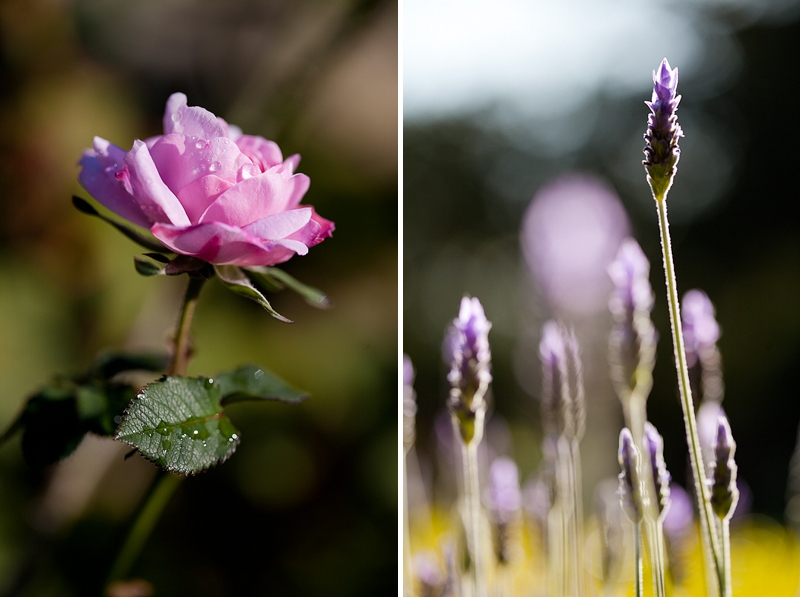


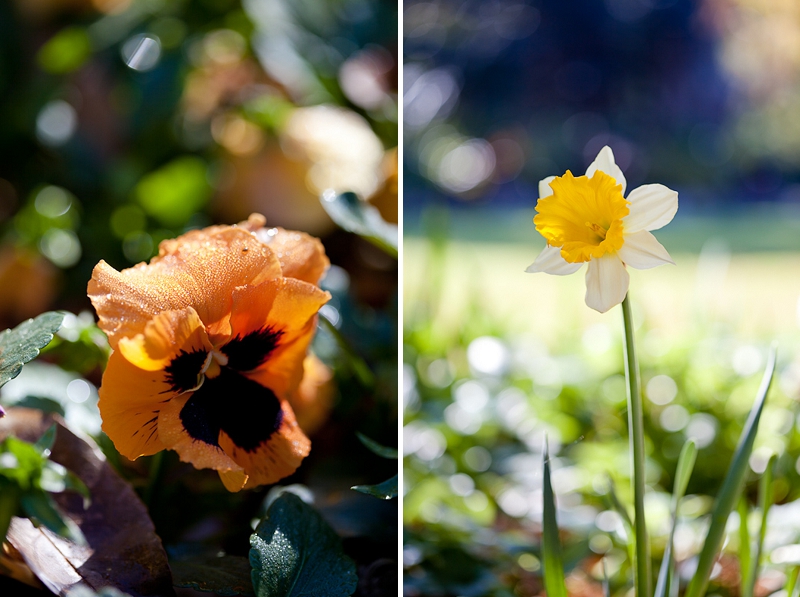
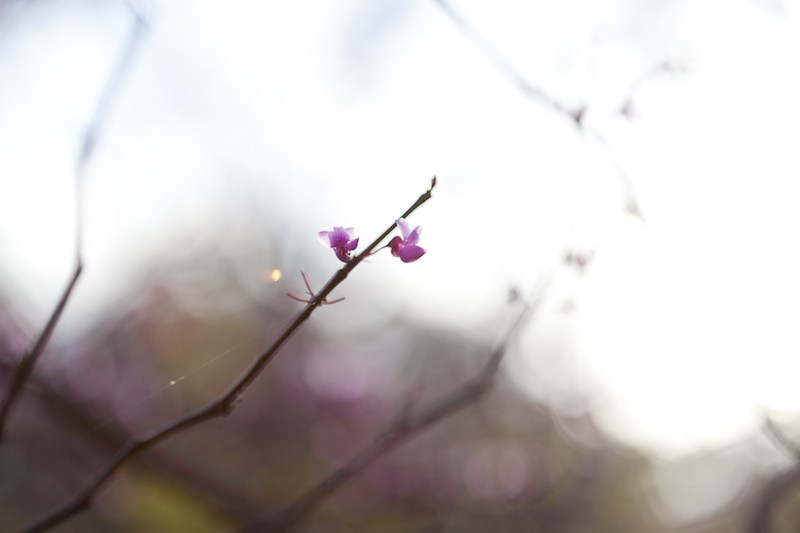
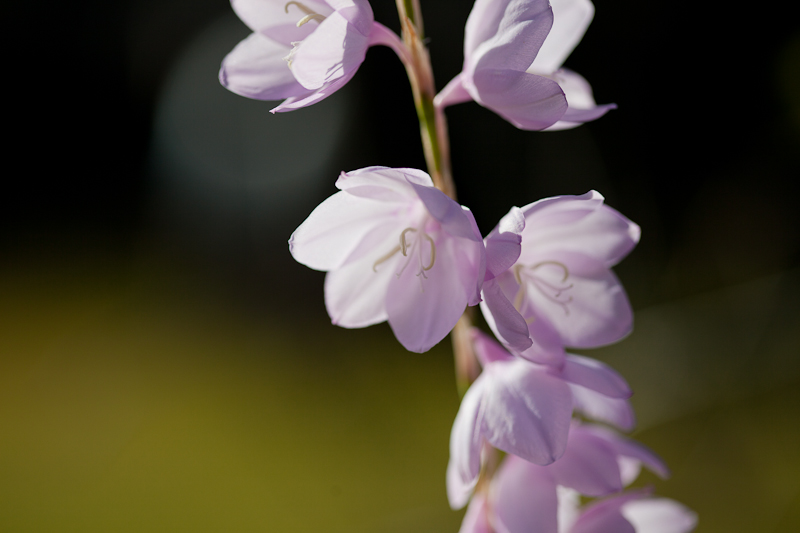




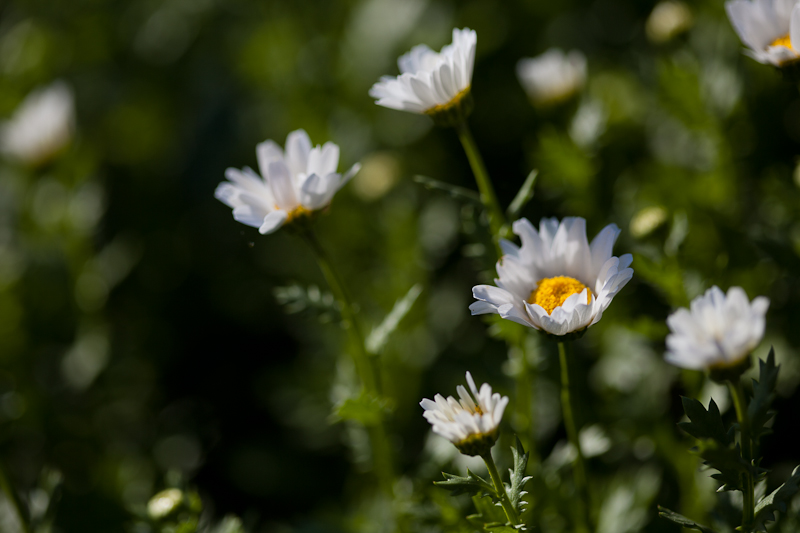
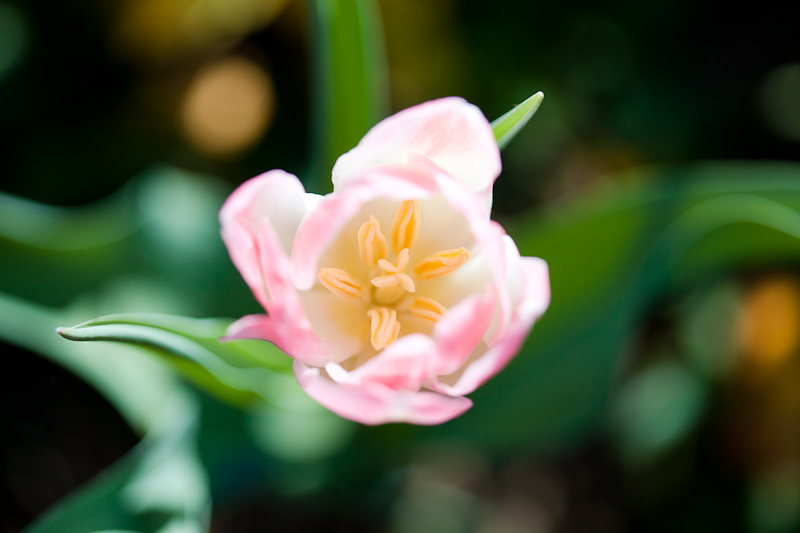
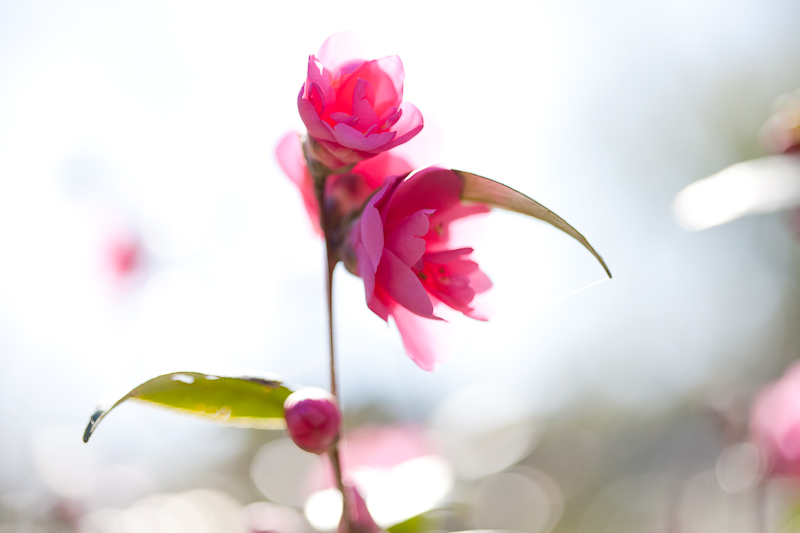


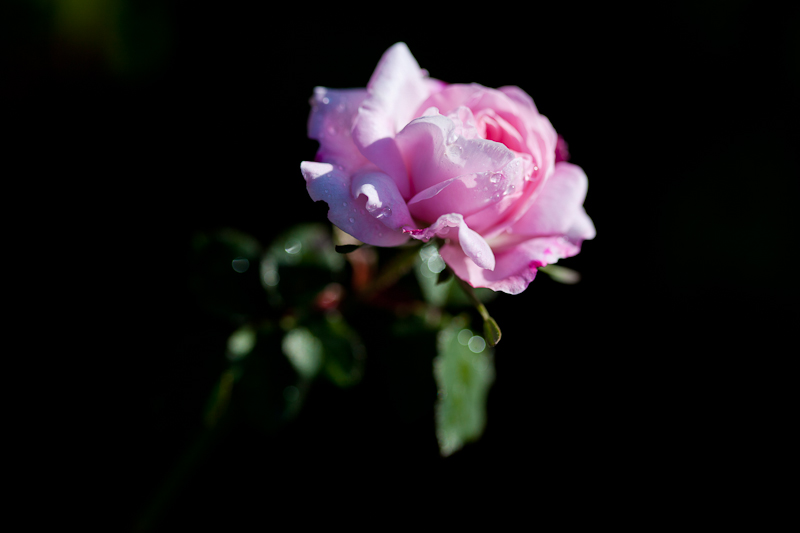
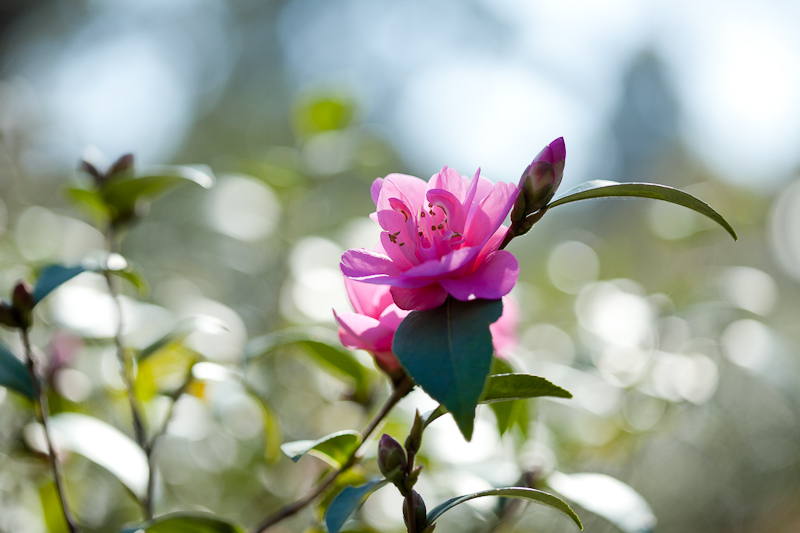

My 100 mm macro lens is great for photographing the birds too, but the ones that are not too shy, like this cheeky bugger.
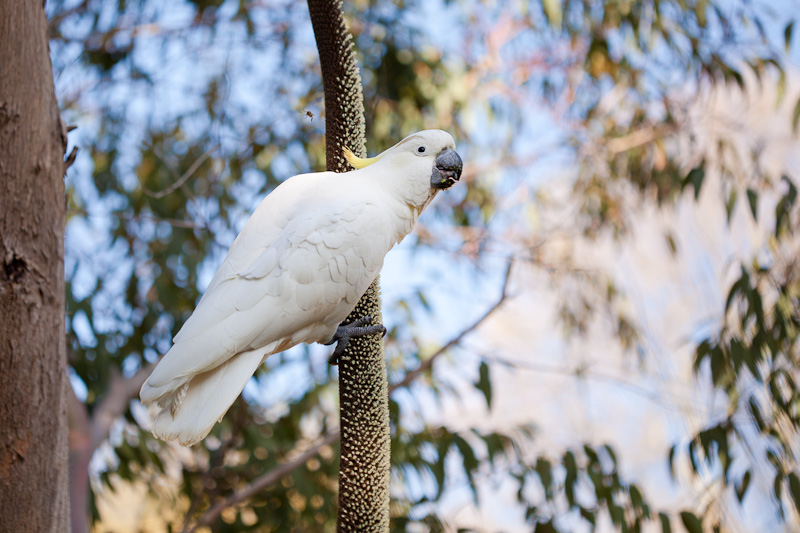
The aftermath: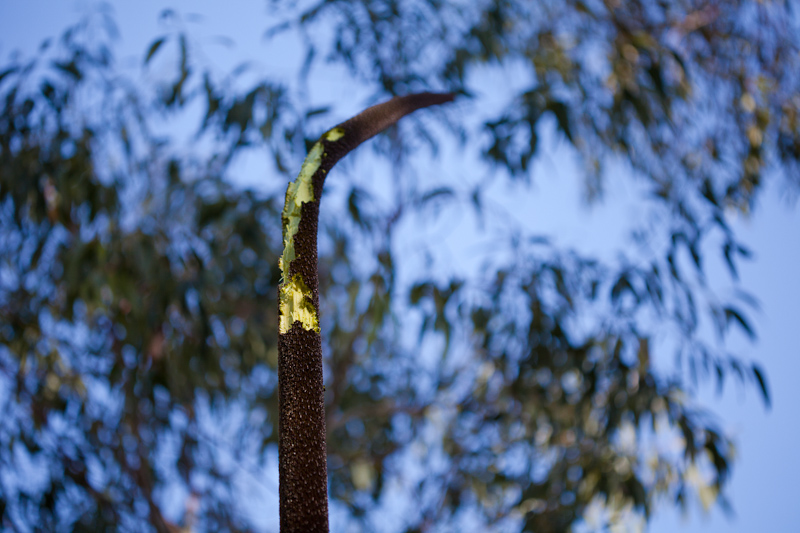
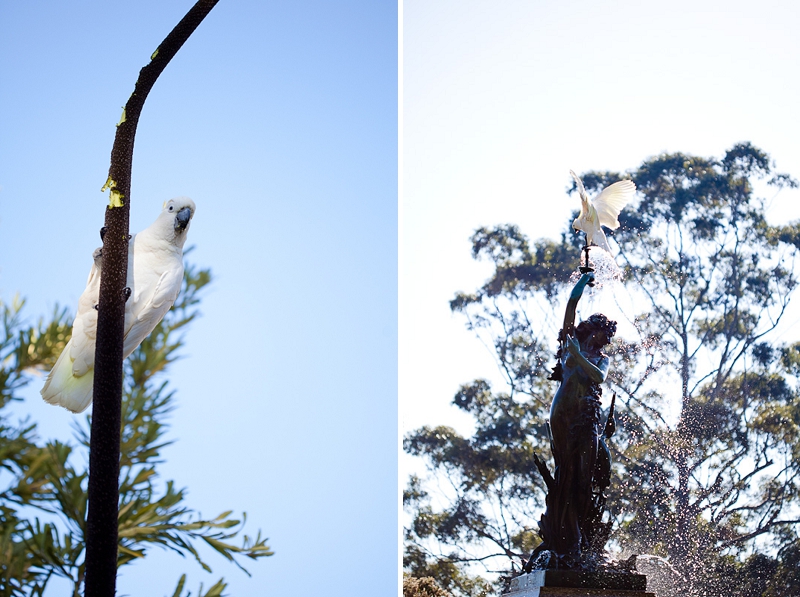
Enjoy your macro adventures!
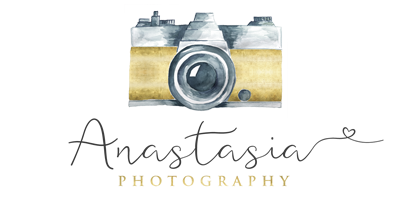
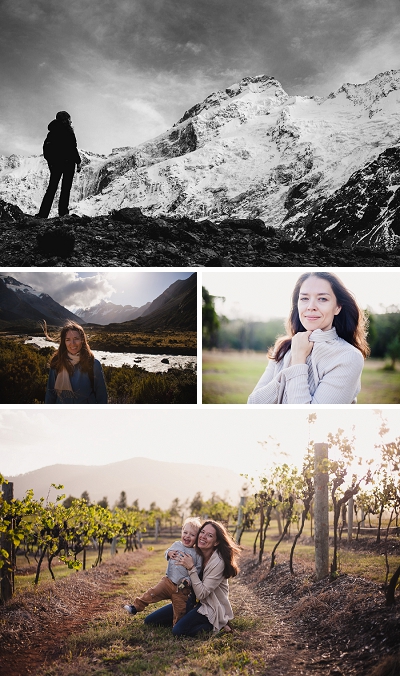



Absolutely stunning shots! x